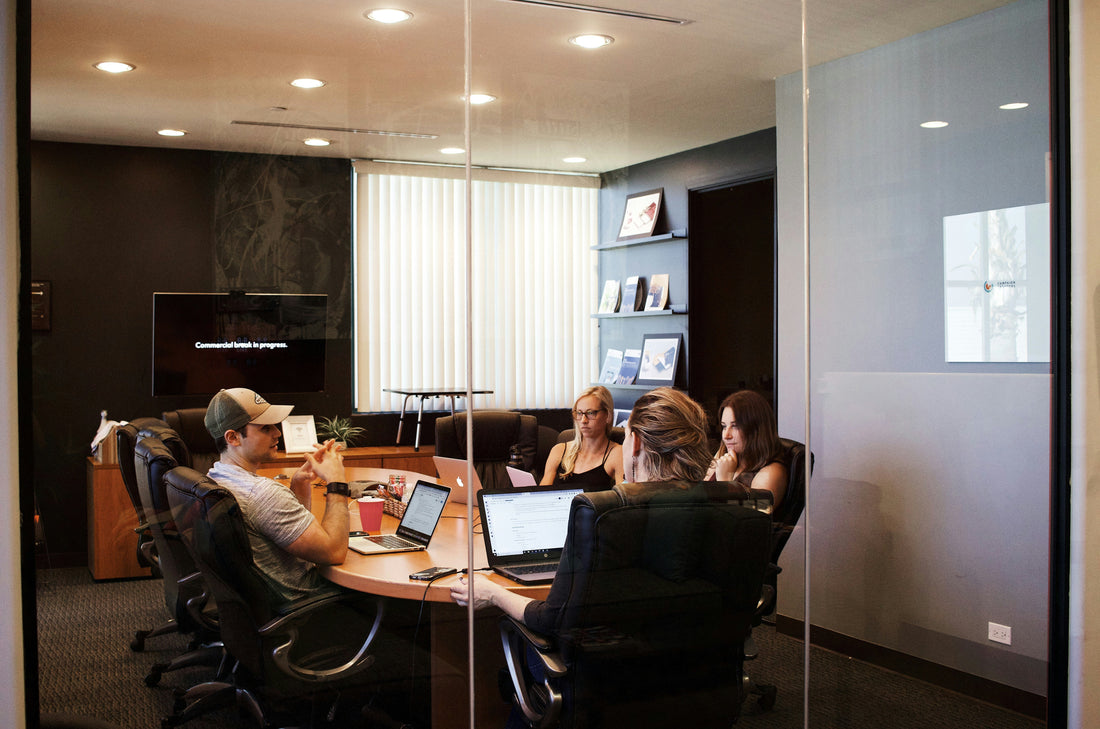Why It Matters and What Employers Can Do
May is Global Employee Health and Fitness Month, a time to shine a light on all the ways we can support healthier, happier workplaces. While physical fitness and nutrition often get the spotlight, there's another critical factor that’s often overlooked: circadian rhythm health.
Circadian rhythms are the internal 24-hour cycles that regulate our sleep, energy levels, mood, digestion, immune function, and more. When circadian rhythms are aligned, we feel alert during the day and sleep well at night. When circadian rhythms are misaligned—due to inconsistent schedules, light exposure, or other lifestyle factors—our health and performance can take a hit.
How Work Environments and Schedules Disrupt Circadian Rhythms
Many modern workplaces unintentionally undermine circadian health. Here’s how:
1. Shift Work and Rotating Schedules
Employees working night shifts or rotating schedules must be awake and alert at times their bodies are biologically wired for sleep. Over time, this can lead to chronic sleep deprivation, impaired cognition, and higher risks for metabolic and cardiovascular issues.
2. Lack of Natural Light Exposure
Exposure to daylight is one of the strongest signals for synchronizing circadian rhythms. Yet many employees spend most of their day indoors under artificial lighting that is too dim during the day and too bright at night. This weakens the body’s natural cues for when to be awake and when to wind down.
3. Always-On Work Culture
Even employees with regular daytime hours can suffer when work bleeds into the evening. Late-night emails, meetings across time zones, and constant screen use can delay melatonin production and push sleep later, cutting into recovery time.
4. Frequent Travel
Jet lag is more than an inconvenience—it’s a circadian disruption. Employees who frequently cross time zones may experience sleep disturbances, fatigue, and slower reaction times for days or even weeks.
Why Employers Should Care
Circadian misalignment doesn’t just affect sleep—it impacts cognitive performance, emotional regulation, immune function, and long-term health. Employees who are out of sync with their internal clocks may:
- Struggle with attention, memory, or mood
- Experience more frequent illnesses
- Have higher rates of burnout and absenteeism
- Be at increased risk of chronic conditions like obesity, diabetes, and depression
The good news? There are simple, science-backed ways employers can help.
What Employers Can Do to Support Circadian Health
1. Prioritize Light Exposure
- Maximize access to natural light during the day by arranging workspaces near windows or providing outdoor break areas.
- For offices with limited daylight, install circadian-friendly lighting that mimics natural patterns—bright and blue-rich during the day, dim and warmer in the evening.
- Encourage breaks outside, especially in the morning hours when light has the strongest effect on resetting the body clock.
2. Design Sleep-Supportive Schedules
- At this point, researchers cannot recommend a single best design for work schedules. In general, if shift work is necessary, keep shifts consistent or rotate them forward (day → evening → night) or backward (night → evening → day), may be easier on the body.
- Allow flexibility where possible—especially after night shifts or long travel.
- Be mindful of early meetings or training sessions after late-night responsibilities.
3. Promote a Healthy Digital Culture
- Set expectations around communication outside work hours.
- Encourage team members to limit screen exposure 1–2 hours before bedtime.
- Provide blue-light filtering tools or apps for evening work.
4. Educate and Empower
- Host wellness webinars or workshops on circadian health, sleep hygiene, and fatigue management.
- Share resources like articles, podcasts, or expert interviews.
- Provide individualized support to employees working nights or traveling frequently.
5. Offer Tools That Work With the Body Clock
- Provide access to light therapy devices that help employees shift their rhythms for night shifts or jet lag.
- Partner with wellness providers who specialize in circadian-aligned routines.
- Integrate sleep health into your employee wellness offerings.
A 24-Hour Approach to Wellness
Workplace wellness doesn’t stop at the end of the workday. By helping employees stay aligned with their circadian rhythms, employers can improve sleep, boost performance, reduce burnout, and promote long-term health.
This May, let’s think beyond steps and salads. Let’s protect our internal clocks.
Your employees’ health isn’t just about what they do—it’s also about when they do it. 🕒

